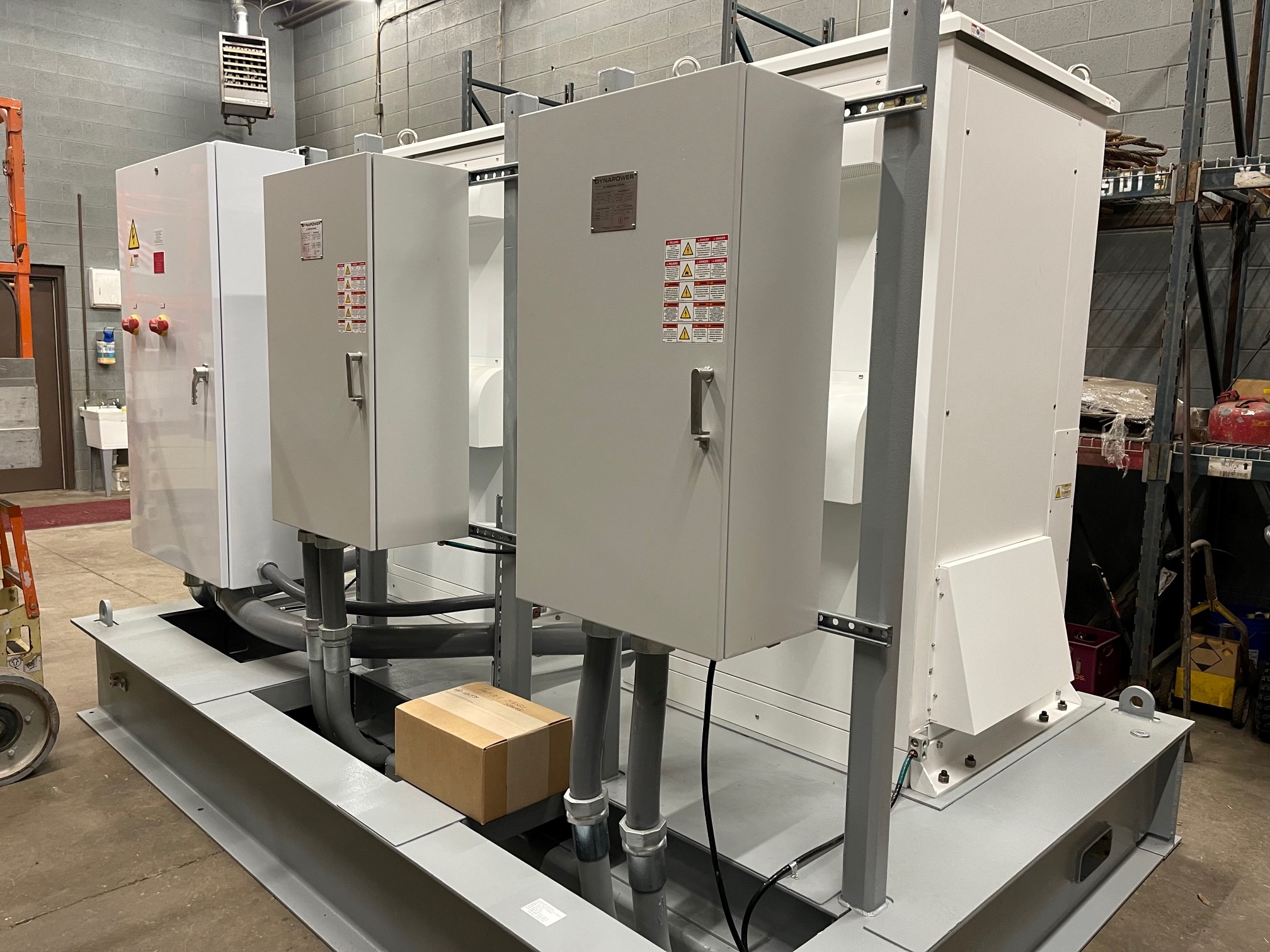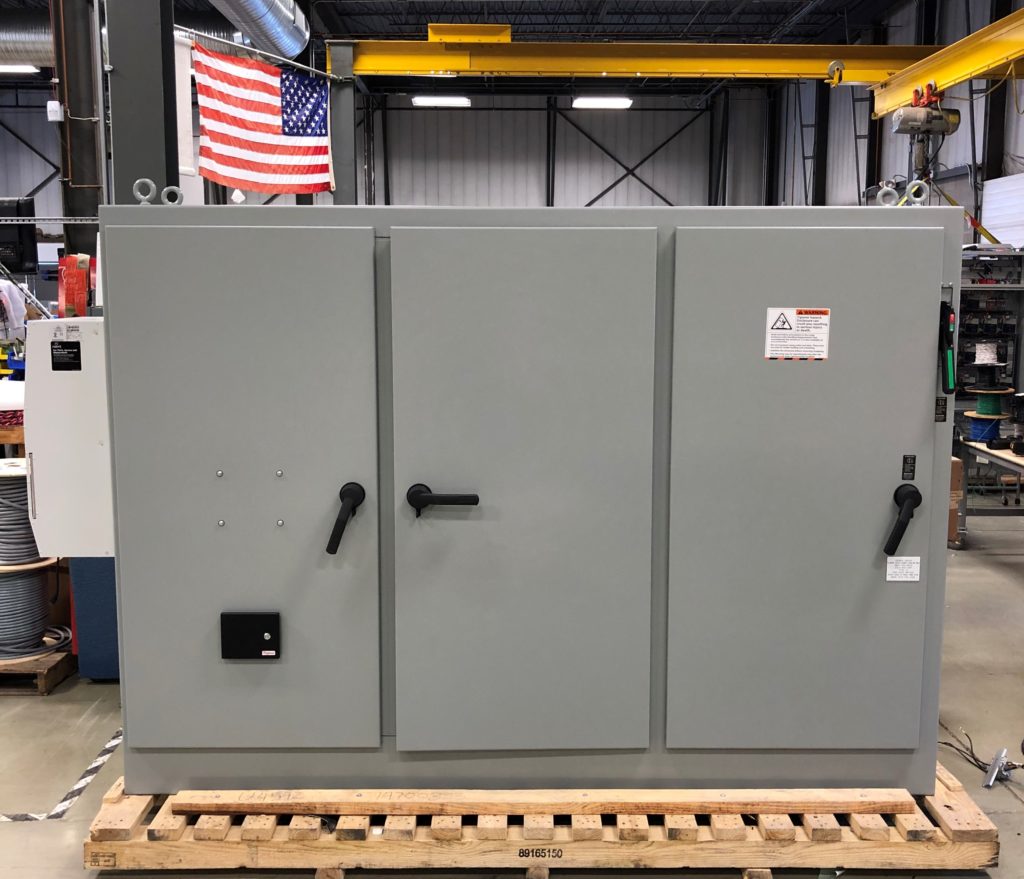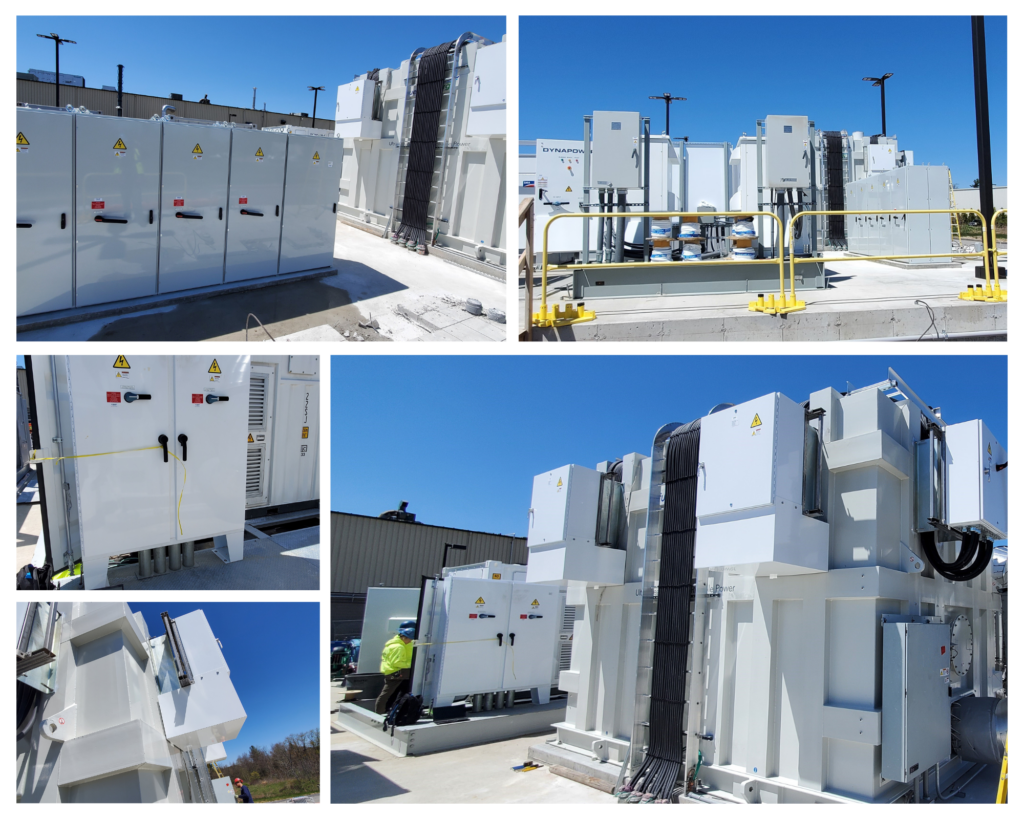Design-build is such a broad term. In every creation process, there is a point where the product is designed and then comes to fruition through some sort of building process. Depending upon the industry, your process may be different from another company’s.
In the realm of industrial automation, particularly in manufacturing, electrical design-build stands out as a prevalent practice. But what exactly does this entail? What steps are involved, and what attributes should you prioritize when seeking assistance?
These are all questions you may have. Here at ASG, we have been providing the industry with our knowledge for 20+ years. We started by first manufacturing high-end hazardous-rated cable assemblies, but we have since branched out into custom automation controls and power distribution equipment. This is all supported by our design-build engineering team.
So, we can help you answer your questions.
Understanding Electrical Design-Build
To fully understand why design-build is required and why it is a common process, you first need to understand what electrical design-build is.
Here’s the short and quick version: Electrical design-build is an expedited process where you outsource the design and build portions of your project to another company or contractors. The reason for outsourcing is likely a lack of in-house knowledge or resources to get the job done correctly and efficiently.
So, that’s the high level. Now, we’ll dive into the nitty-gritty so you fully comprehend the process and can apply it effectively at your company.
Electrical Design-Build in Practice
Consider this hypothetical scenario: You’re the owner of a company operating in the Hydrogen Energy industry. Hydrogen fuel cells are composed of electricity, water, and heat, and they use chemical energy from hydrogen to cleanly and efficiently produce clean electricity. However, as a business owner, you know that in the past few years, natural disasters have caused operational disruptions.
Source: U.S. Energy Information Administration (EIA)
Given these circumstances, you require a solution that can activate and intervene swiftly during emergencies, minimizing the risk of facility downtime.
As the owner of the company, it is your responsibility to look into solutions — and you know this is something you can’t handle in-house. So, you look for contractors who can help you design and build something that keeps your facility running smoothly when these disasters strike. After all, the weather is out of your control, but your facility doesn’t have to be.
So, you reach out to an outsourced contractor who can help create disconnect switches, which will then create an electrical circuit completely de-energized and stored in enclosures behind your facility.
Source: ASG
You’ve now found the perfect solution — but what happens next?
The Design-Build Process: Finding Your Contractor
So, you know what you need in order to reach your goal, but how does the process exactly work?
To get started, you first need to select an external company or contractor to take on the project. You will need a designer, who most of the time is an engineer, and a contractor to physically build the product. (Most companies only specialize in either building or designing, so you must choose wisely and think about how you will all operate as a team. Some designers may have builders they recommend, and if that is the case, seek them out first.)
Explore your options. Ensure you are making the right decision by meeting with a few candidates and get a feel for the work they have done in the past. If they seem right to you, great! If not, keep looking.
Once they are picked out, before your initial meeting, brainstorm what you are looking for so you can begin to plan your project out – deadlines, necessities, goals, budget, etc. Though this first meeting is introductory, the goal should be to have a solid plan and rough design of what you are looking for to move forward.
Then, the creation of design begins.
Once the design is finalized by the engineer, the construction phase commences, with contractors bringing the blueprint to life. In most cases, that’s it. You’ve gone from having a problem to having a solution that was designed and built for you.
Your Electrical Design-Build Process: Potential Setbacks
We know that life sometimes is not so simple, so it’s important to acknowledge potential challenges, such as supply chain disruptions, which may impact project timelines.
So, what might prevent your project from running smoothly? Here are a few to watch out for — some of which you can control, some of which you can’t.
Supply Chain Disruptions
The economy has been recovering since the COVID pandemic, and some supply chain issues have yet to be resolved.
Because of the rise of labor costs, materials, and insurance, the supply chain is not as stable as it was a few years ago.
Since materials can be an issue, there will be times when the parts you need in order to complete your build take weeks or months to come in, instead of what was originally projected. This can cause you to alter the timeline of your project — and sometimes that alteration is bigger than others.
Tip: Talk with your new team to hear about the supply chain issues they have had in the past so you do not run into unexpected obstacles.
Design Not Ready
Holding true to timelines is important. If the design is not done on time, it will set your project back.
This is why ensuring your team is fully equipped and on the same page is so important. There are going to be challenges working with different companies, so ensuring that everyone is working in unison is the most essential part of success.
No design, no project!
Tip: Create hard deadlines. Do not estimate when the design should be done, but rather give a firm deadline that it must be done by, or you will look for another designer.
Ballooning Costs
Electrical design-builds are customized to each individual customer. Every company has different needs and wants. Sometimes, those needs and wants can get extremely expensive.
Whether it is labor costs or the build itself, you need to be prepared for changes in the cost of the project. You should also understand that the more customized your project, the deeper hole it can burn in your pocket.
Tip: Ask about ranges from the get-go. The cost probably will not be firm, and may switch, but have your assembled team create a cost range that this will fall into — and ask what you can do to ensure it falls into the range.
Liability Gaps
Liability gaps refers to a situation where a company or an individual owes more money than they currently have available to pay those debts. It’s like having more bills to pay than money in your wallet. So, if one company cannot pay you for their service, and the other can, it can cause a gap between the two.
Tip: Avoid the liability gap by finding an all-in-one contractor.
Though a defined process, there are setbacks you should be prepared for.
Understanding Certifications
In order to correctly build new electrical products, there are certain standards and certifications that must be met so the created builds can be implemented into your facility.
National Electrical Code (NEC)
The National Electrical Code (NEC) certification is a requirement for all electrical manufacturing facilities. This code ensures safe electrical design, installation, and inspections, ultimately protecting people and property inside from any electrical hazards.
If an electrical manufacturer you are looking to hire does not have this requirement, it is in your best interest to find another source.
Source: NEC
UL Certifications
UL certifications ensure that electrical manufacturing facilities are safe and meet recognized standards. There are different types of UL certifications, and depending on which certifications the builder you are looking to work with withholds, they are safe to build a variety of custom projects for customers.
The more certifications a company has, the more appealing it will be. Ensure that whomever you are looking into has the UL certifications you’re looking for.
Source: Wikipedia
Avoiding the Setbacks: An All-in-One Service
Finding the perfect fit for your design-build project can be frustrating. There are so many options out there, many back and forths, misunderstandings, and costs — they all play a role in creating either an A+ team or a team set up to fail.
At ASG, we recommend going with a team that avoids liability gaps and gives you design-build service as an “all-in-one.”
Source: ASG
We are located in Rocky Hill, CT and we provide manufacturing solutions with an enormous focus on design-build and contract manufacturing. Our process gets rid of the liability gap between the contractor and designer, and we act as both.
Our employees have different areas of expertise and during our process, we value client opinions and always strive to make their designs come to life.
While our methodology offers distinct advantages, we acknowledge that diverse options exist in the market. Ultimately, the key lies in selecting a team that aligns with your vision and priorities.
Though you can’t control some circumstances or setbacks, you can control who you choose to make your design-build successful.
Are you looking to prepare for unknown circumstances that can help your facility be prepared and one company to do it all? Contact ASG to see how you can take the middle man out of your design-build.





